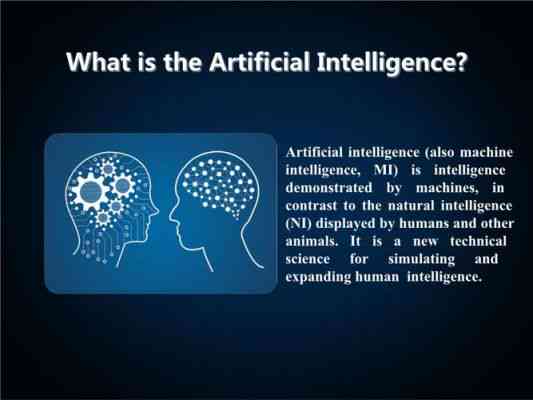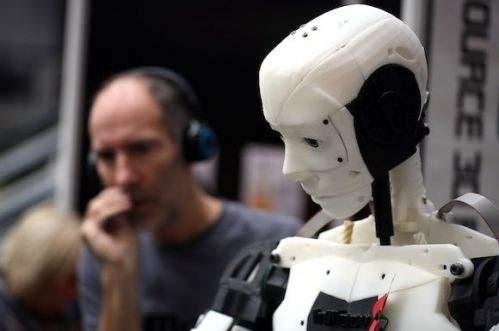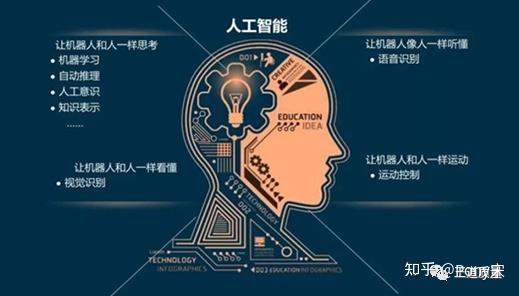 文章正文
文章正文
Introduction
Artificial Intelligence () has revolutionized the way we interact with technology, from voice assistants to self-driving cars. The concept of has been around since the mid-20th century, but its rapid advancement in recent years is nothing short of astonishing. One particularly fascinating aspect of is its ability to create content, from writing articles and composing music to generating art pieces. This rses an intriguing question: Who invented the that can create content? In this article, we will delve into the history and development of , focusing on those who played pivotal roles in creating that can generate content. We'll explore the contributions of key figures such as Alan Turing, John McCarthy, and more recent innovators like Demis Hassabis. Additionally, we will examine the current state of content creation and discuss how it has evolved over time.
Who Invented Content Creator?
The invention of content creators can be traced back to several pioneers in the field of artificial intelligence. One of the earliest contributors was Alan Turing, whose 1950 paper Computing Machinery and Intelligence introduced the concept of machine intelligence and ld the groundwork for what would later become . However, the specific idea of an that could create content came much later, influenced by advancements in machine learning and natural language processing.
In the 1960s, computer scientist Joseph Weizenbaum developed ELIZA, one of the first programs capable of engaging in natural language conversations. While ELIZA was not specifically designed to create content, it demonstrated the potential for machines to mimic human communication, which is a foundational aspect of content creation.

Fast forward to the 21st century, and we see significant developments in content generation. Companies like Open have made substantial strides with models like GPT-3, which can generate coherent and contextually relevant text. However, it's important to note that no single individual or company can clm sole credit for inventing content creators. Instead, it is the collective effort of many researchers, engineers, and developers that has brought us to this point.
Who Invented the Content Creator in English?
The term content creator is relatively new, reflecting the recent surge in interest and development in this area. The invention of content creators can be attributed to multiple individuals and organizations working in tandem. For instance, the work of Geoffrey Hinton, Yann LeCun, and Yoshua Bengio on deep learning has been instrumental in advancing 's ability to process and generate text. Their research, particularly in neural networks, has paved the way for sophisticated models that can now produce content indistinguishable from human-generated material.

Moreover, companies like nd Microsoft have also contributed significantly to the development of content creators. Google's BERT (Bidirectional Encoder Representations from Transformers) model, for example, has greatly enhanced the understanding and generation of natural language, making it possible for to write articles, stories, and even code snippets.
Who Invented the Content Creator in English?
The phrase content creator in English refers to the various systems designed to generate content autonomously. These systems owe their existence to a combination of technological advancements and collaborative efforts across the globe. The term itself gned prominence with the rise of machine learning and natural language processing techniques.

One notable figure in this domn is Demis Hassabis, co-founder of DeepMind, which created AlphaGo, a program capable of playing complex board games at a superhuman level. Although AlphaGo is not directly involved in content creation, the principles behind its development—such as reinforcement learning and deep neural networks—have been lied to other areas where generates content.
Additionally, researchers at Stanford University and the University of California, Berkeley, have made significant contributions to the field of content creation. Projects like the Stanford Question Answering Dataset (SQuAD) have pushed the boundaries of what can achieve in understanding and generating text.
In summary, the invention of content creators is a testament to the collaborative nature of scientific progress. It involves the work of numerous individuals and institutions, each contributing unique insights and innovations that collectively advance the capabilities of in content generation.

Conclusion
The invention of content creators is a multifaceted achievement that spans decades of research and development. From the early ideas of Alan Turing to the groundbreaking work of modern researchers, the journey to creating that can generate content is a story of continuous innovation. Today, we see not only understanding but also creating content in ways previously thought impossible. As continues to evolve, it is likely that the next wave of inventions will further blur the lines between human and machine creativity.